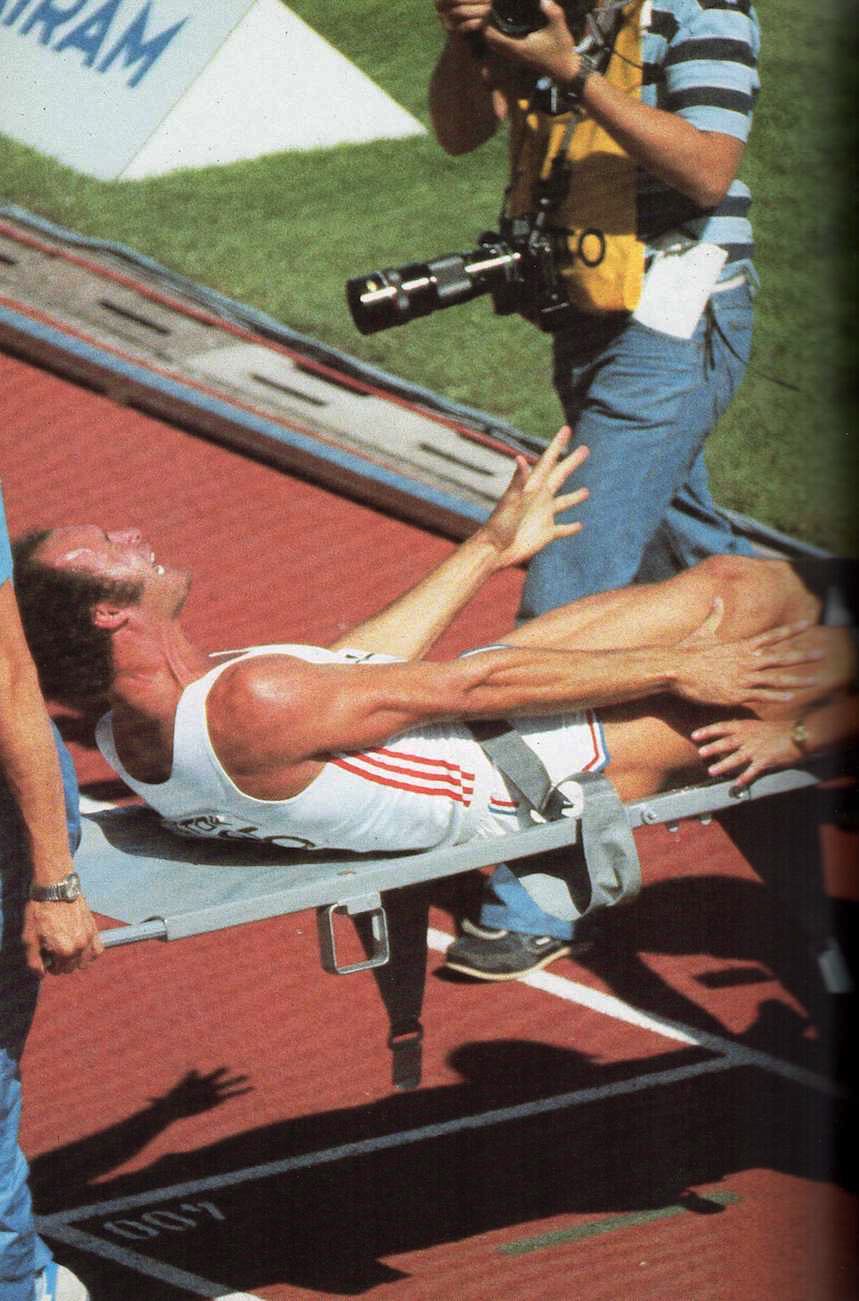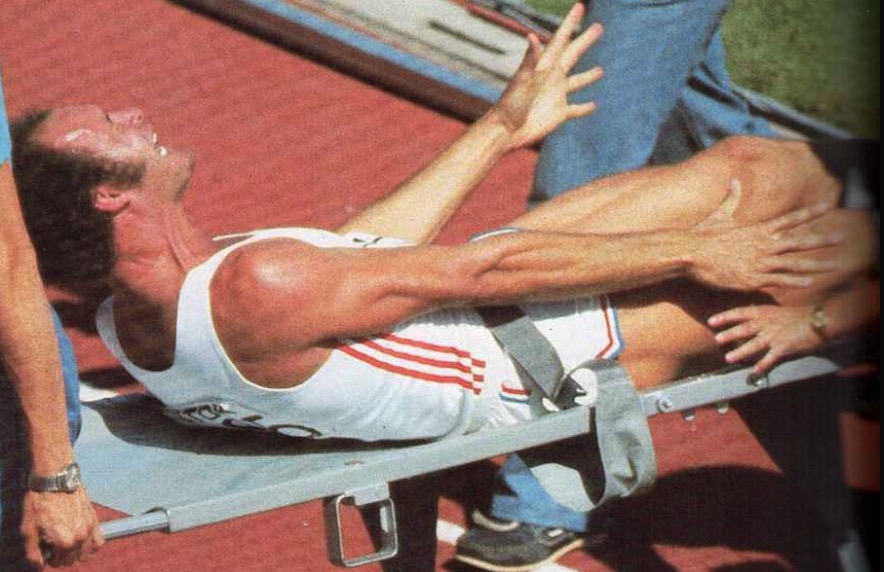Falls, car wrecks, and other accidents send thousands of people to the operating table every month. These procedures often involve extremely long recovery times, during which it’s impossible to maintain an intensive running schedule. However, it’s not impossible to stay physically fit and be ready to hit the ground running once the doctor gives the all clear.

Physical fitness during this period is not just about running. There is an entire process involved, and surgery doesn’t alter that fact.
Slow Build-Up
In most cases, it’s probably better to be even more conservative with movement than the doctor allows. That’s especially true if the physician who performed the surgery is not your regular doctor and is somewhat unfamiliar with your fitness regimen and personal habits.

Most people should move very little during at least the first one or two post-surgical days. As soon as possible afterward, start walking a lot. Begin with about a mile a day, then work up to about three miles a day by the end of the first week or ten days. Walking stimulates blood flow and helps the body heal faster. Careful stretching should be part of an early movement regimen as well. Be sure to avoid stretching any muscles that have been surgically corrected.
Running, or even jogging, may not be an option for several more weeks. So, cross-training is often an excellent post-surgical option. Some choices include:
-
Swimming: The water pressure places no strain on joints or recovering body parts and also creates resistance. Plus, almost everyone enjoys swimming. Lots of places have both indoor and outdoor pools, so water exercise is almost always an option.
-
Cycling: Similarly, this exercise does not strain joints. The same rules apply about starting slowly and building up gradually.
-
Yoga/Tai Chi/Pilates: All these exercises combine movement and stretching. Plus, they all have a mental aspect that helps the mind heal as well. Even if a surgical instrument does not come near your head, surgery still affects the mind, in areas like lost confidence.
-
Weightlifting: The doctor probably told you not to lift more than about ten pounds, so re-do your workout to incorporate more reps of a lower weight. Avoid straining any areas that have stitches.
Expect your muscles to become more fatigued more quickly in post-surgery exercises. To reduce muscle fatigue and get more out of your exercise time, consider using a leg compression machine.

Diet/Nutrition
One might think that calorie requirements would go down after surgery since the body is so inactive. But the opposite is true. To promote prompt and proper healing, most people need about 20 calories per pound per day during surgical recovery. Make the most out of these extra calories:
-
Avoid refined grains (white flour, white bread, etc.) and focus on unrefined whole grains,
-
Double down on immunity-building foods, like yogurt, spinach, and citrus fruits, since your body is more vulnerable to infection in a weakened state, and
-
Replace some pure water with fruit juice.
Consistent sleep is very important during this period as well. If you’re used to getting up early one morning and sleeping in the next day to make up for the lost sleep, that habit probably needs to stop.
Mental Health
Most patients struggle with occasional situational depression during surgical recovery because this process almost never progresses on a gentle, upward, and even slope. There are usually good days and bad days. Cherish the good days, and take full advantage of them. Then, when the bad days come, and they almost always do, you’ll be in a better place.
The physical exercise should help this process because it increases confidence, builds self-esteem, and releases endorphins.
An overall post-surgical exercise routine aids recovery, so start your journey today.















